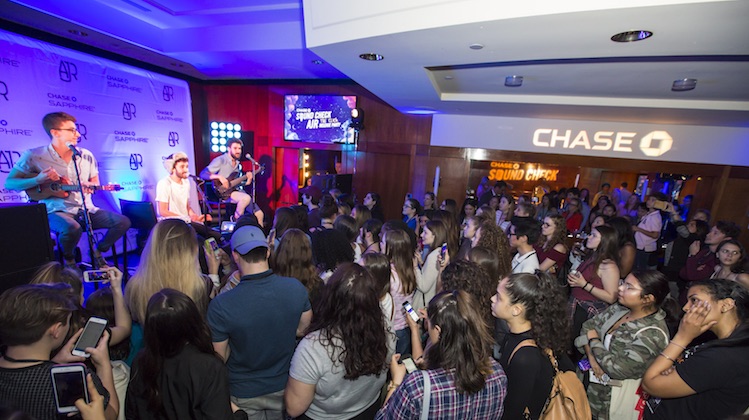Modern Marketing
Why finance brands are pushing experiences
- Financial services companies are increasingly differentiating themselves on experience instead of product pricing.
- Big brands can offer premium extras for customers, a means to strengthen relationships with existing customers and attract new ones.








